
Victoria Helen McCrae Duncan was a Scottish medium best known as the last person to be imprisoned under the Witchcraft Act 1735 for fraudulent claims. She was famous for producing ectoplasm which was proven to be made from cheesecloth.

Harry Price was a British psychic researcher and author, who gained public prominence for his investigations into psychical phenomena and exposing fraudulent spiritualist mediums. He is best known for his well-publicised investigation of the purportedly haunted Borley Rectory in Essex, England.

Mediumship is the practice of purportedly mediating communication between familiar spirits or spirits of the dead and living human beings. Practitioners are known as "mediums" or "spirit mediums". There are different types of mediumship or spirit channelling, including séance tables, trance, and ouija.
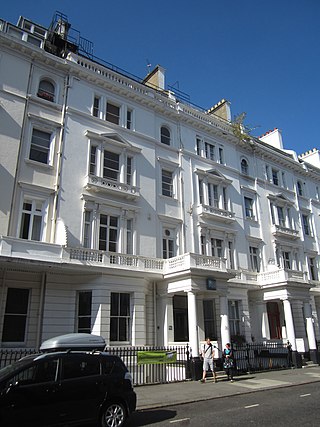
The College of Psychic Studies is a non-profit organisation based in South Kensington, London. It is dedicated to the study of psychic and spiritualist phenomena.

William Hope was a pioneer of so-called "spirit photography". Based in Crewe, England, he was a member of the well known spiritualists group, the Crewe Circle. He died in Salford hospital on 8 March 1933.

Ectoplasm is a term used in spiritualism to denote a substance or spiritual energy "exteriorized" by physical mediums. It was coined in 1894 by psychical researcher Charles Richet. Although the term is widespread in popular culture, there is no scientific evidence that ectoplasm exists and many purported examples were exposed as hoaxes fashioned from cheesecloth, gauze or other natural substances.
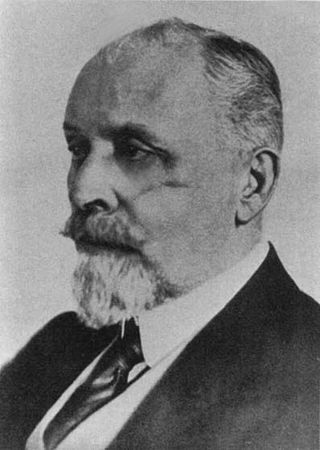
Albert Freiherr von Schrenck-Notzing was a German physician, psychiatrist and notable psychical researcher, who devoted his time to the study of paranormal events connected with mediumship, hypnotism and telepathy. He investigated Spiritualist mediums such as Willi Schneider, Rudi Schneider, and Valentine Dencausse. He is credited as the first forensic psychologist by Guinness World Records.
Willi Schneider, brother of Rudi Schneider, was an Austrian medium exposed as a fraud.

Rudi Schneider, son of Josef Schneider and brother of Willi Schneider, was an Austrian Spiritualist and physical medium. His career was covered extensively by the Journal of the American Society for Psychical Research, and he took part in a number of notable experiments conducted by paranormal researchers/debunkers, including Harry Price, Albert von Schrenck-Notzing and Eric Dingwall. Some of these researchers declared him to be a fraud while others were unable to find evidence of trickery.

Eva Carrière, also known as Eva C, was a fraudulent materialization medium in the early 20th century known for making fake ectoplasm from chewed paper and cut-out faces from magazines and newspapers.

Eileen Jeanette Vancho Lyttle Garrett was an Irish medium and parapsychologist. Garrett's alleged psychic abilities were tested in the 1930s by Joseph Rhine and others. Rhine claimed that she had genuine psychic abilities, but subsequent studies were unable to replicate his results, and Garrett's abilities were later shown to be consistent with chance guessing. Garrett elicited controversy after the R101 crash, when she held a series of séances at the National Laboratory of Psychical Research claiming to be in contact with victims of the disaster. John Booth, and others, investigated her claims, and found them to be valueless, easily explainable, or the result of fraud.

Franek Kluski, real name Teofil Modrzejewski (1873-1943), was a Polish physical medium criticized by trained magicians and skeptics as a fraud. Kluski was best known for his séances in which alleged "spirit" molds of hands materialized. It was later demonstrated by Massimo Polidoro and chemist Luigi Garlaschelli that these molds could have easily been made by fraudulent methods.

George Valiantine (1874–1947) was an American direct voice medium that was exposed as a fraud.

Jack Webber (1907–1940) was a Welsh spiritualist medium.

Jan Guzyk (1875–1928), also known as Jan Guzik was a Polish spiritualist medium known for his alleged ability of psychokinesis. Guzyk was exposed as a fraud by psychical researchers Harry Price and Max Dessoir.
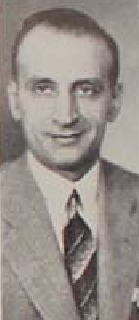
Frank Decker was a 20th-century American spiritualist medium who was discovered to be a fraud.
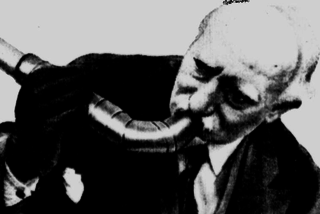
Frederick Tansley Munnings was a 20th-century British spiritualist medium and former burglar. He was exposed as a fraud.

Kathleen Goligher was an Irish spiritualist medium. Goligher was endorsed by engineer William Jackson Crawford who wrote three books about her mediumship, but was exposed as a fraud by physicist Edmund Edward Fournier d'Albe in 1921.

Anna Melloni Rasmussen (1898–1983) was a Danish spiritualist medium.
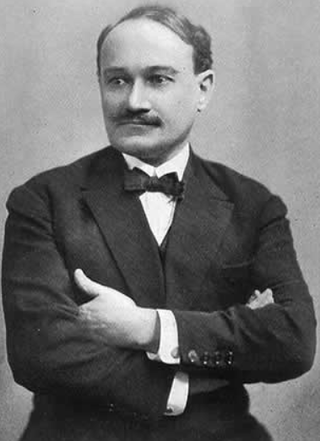
Eugène Osty was a French physician and psychical researcher.
























